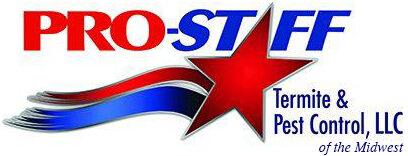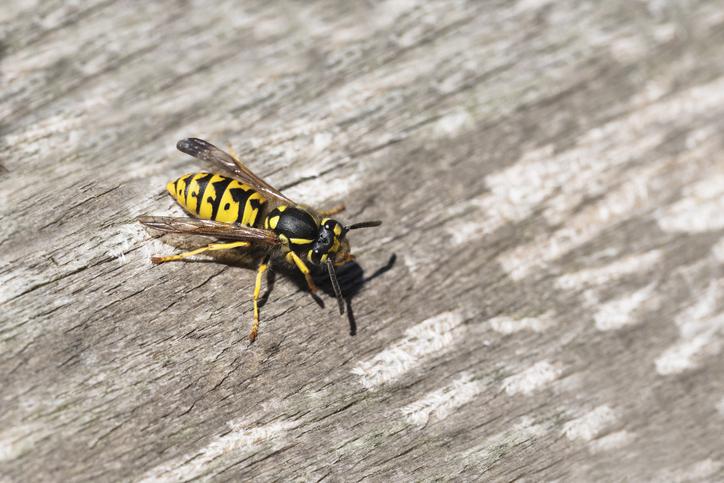When you see a wasp, your first instinct may be to run — and that’s a good instinct to have. While not all species of wasps sting, some sting seemingly unprovoked and cause serious pain or allergic reactions. However, if you deal with wasps in your daily life, you may benefit from being able to tell them apart. Here’s a guide to the different types of wasps you may encounter in the Des Moines area.
Yellowjackets
Some of the most feared wasps around, yellow jackets are the quintessential wasp. They grow to be about half an inch long, with patterns that are yellow and black or white and black. They feed on insects as larvae. Then, as adults, they enjoy carbohydrates and protein, which often has them going after human food. They typically leave people alone, though unprovoked stings are not unheard of. Their stings can be painful and cause allergic reactions.
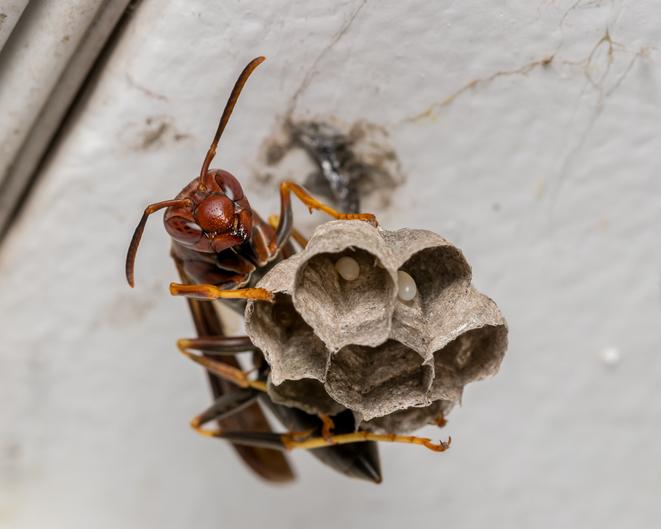
Paper Wasps
The most common paper wasps, Northern paper wasps are skinny red, black and yellow wasps with dark wings and long legs, measuring just under an inch. They’re known as paper wasps because their nests, built using regurgitated wood pulp, are essentially made of paper. Their nests can be found in gardens, on door frames and in other nooks and crannies, typically on the exterior of the home. They have small colonies that fit within their nests. However, removing their nests is a task that requires care, as any amount of wasps stinging you is a bad time.
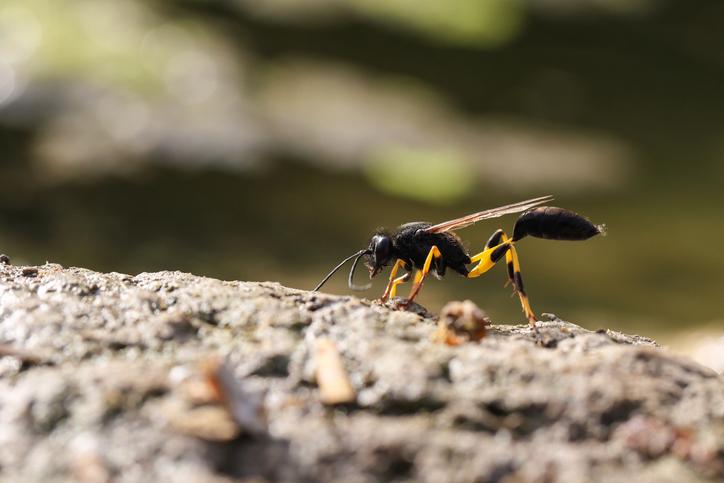
Mud Daubers
Similar to paper wasps, we call mud daubers by that name because of the material with which they construct their homes. These wasps appear to have extremely thin “waists” and look more slender than other wasp species. Their color scheme ranges from yellow and black to a shiny, black-blue color. They defend their nests as needed, but they don’t often sting. Some species of mud daubers hunt spiders. Mud dauber nests sometimes look like pipes or tunnels, and other times, they look like simple piles of dirt.
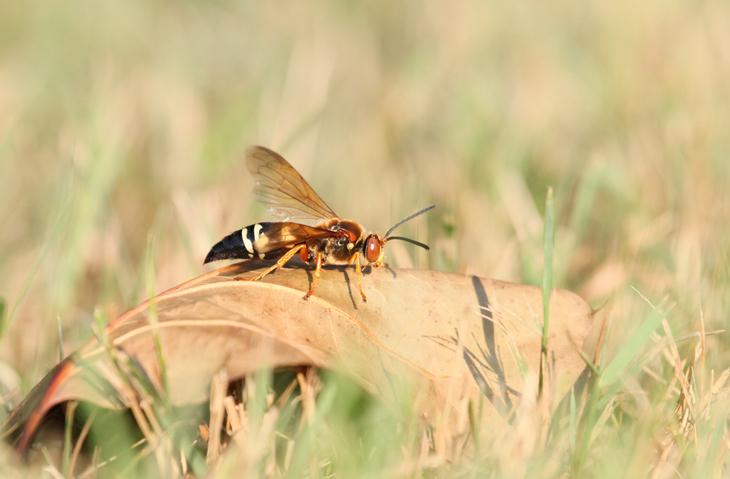
Cicada Killers
Cicada killers can easily be spotted due to their imposing size, measuring nearly 2 inches long. These wasps are yellow with black stripes. Their name comes from their feeding habits, as their favorite food is cicadas, which they kill and use as nests for their developing eggs. You’re more likely to encounter a male cicada killer, and if you do, he may fly toward you but will not sting. Females sting when handled or stepped on, but their stings are extremely mild, feeling like a pinprick.
Knowing what type of wasp you’re dealing with will help you figure out how to handle an infestation. If you would prefer to leave it to the professionals, the Des Moines pest control team at Pro-Staff can help. Call us at 515-279-7378 or contact us online for a free inspection.
